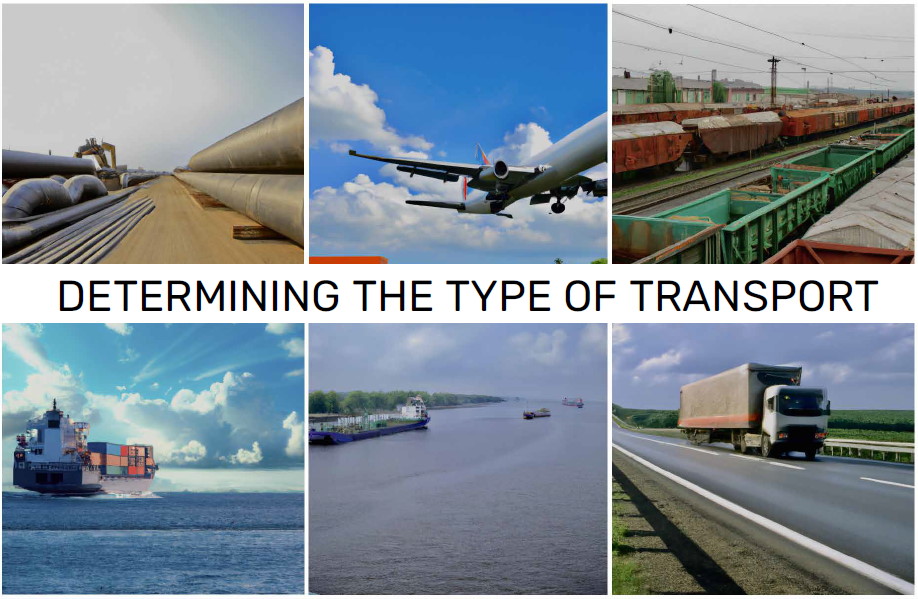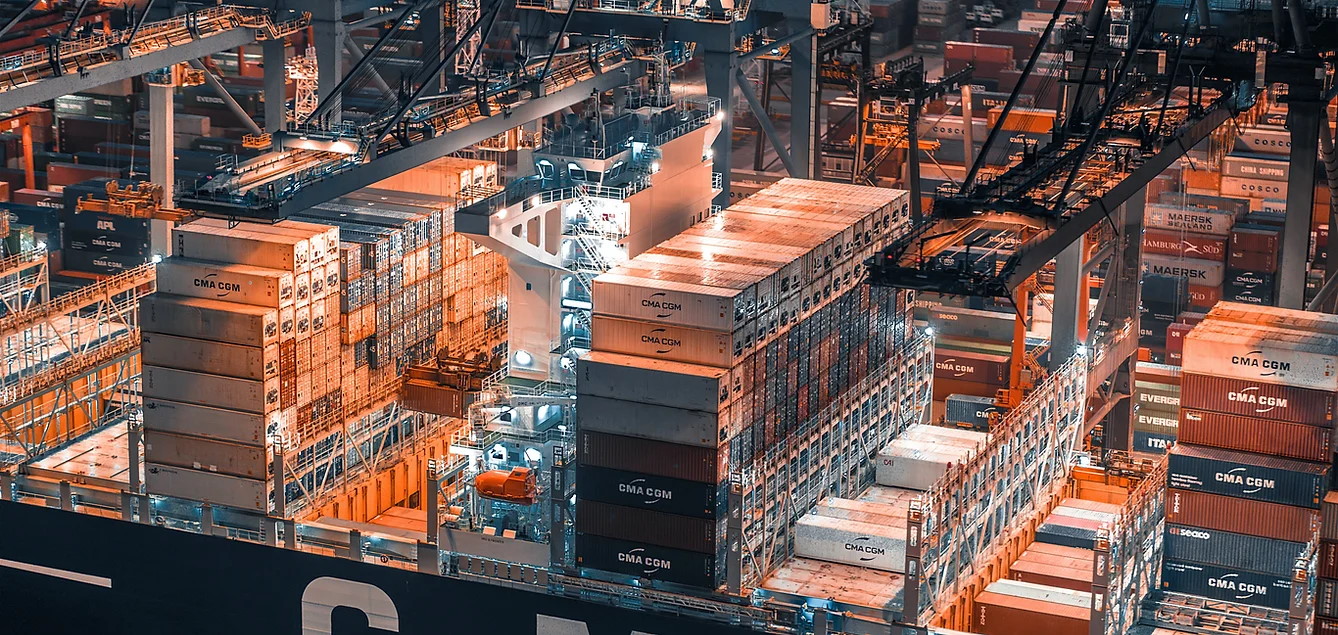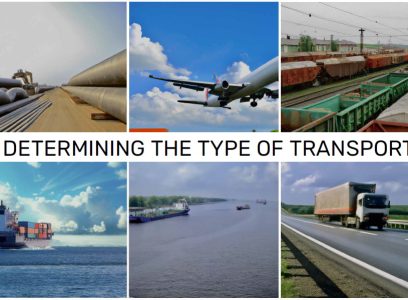
Introduction
The next step in organizing the supply of your goods is to determine the type of transport or a combination of them. In total, there are 5 types of transport in the world: air, road, rail, sea, or rather water, and pipeline. I suggest you determine which of them is suitable for the transportation of your cargo.
The ultimate goal of transportation
The ultimate goal of any transportation is to satisfy the buyer’s needs. The consequences of the wrong type of transportation are the lost added value of your business. Therefore, when choosing a mode of transportation, it is very important to take into account the customer’s desire to receive:
- the right product;
- at the right time;
- in the right place.
What should I consider when choosing a mode of transportation?
When choosing a mode of transportation for your cargo, consider the technical characteristics, chemical and physical properties of the cargo unit. It is more profitable to transport inexpensive and heavy bulk or break bulk cargo by rail and water. Small and expensive or perishable cargoes will be more appropriate to transport by air. When choosing a mode of transportation, the distance of transportation is important. The rule of thumb is that it is more profitable to transport more cargo over long distances. A small amount for short distances. This rule does not always work when combining modes of transportation. For example, we often use road transport when bringing cargo to the port to accumulate a ship’s consignment and then ship it by water. Take into account the additional costs of transshipment or storage when considering combinations of modes of transportation.
Transit time is also of great importance when choosing a mode of transportation. A small amount of cargo can be shipped by air, and it will be faster, but more expensive. Or by road, as LTL (less than truck loading) service, at a lower cost, but it will take longer. Or you can send using LCL (less than container loading), which is an inexpensive service, but with a longer transit time. Always pay attention to studying your infrastructure capabilities and those of your consignee. Are there railroad sidings? Availability of port river or sea infrastructure, main roads and warehouse space.
Conclusions
Solving a seemingly simple task, you may face difficulties. Our logistics will help you choose and calculate the mode of transportation or a combination of them. We will select and professionally negotiate with all participants in the transportation process. Your cargo will be delivered to the right place, at the right time.
Author: Mykola Soloviov
You will also be interested in: DEFINITION OF HS PRODUCT CODE





